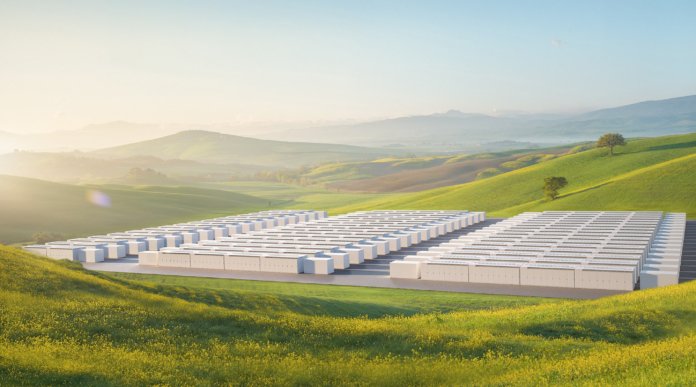According to a new report from Navigant Research, global new capacity additions of utility-scale energy storage (USES) systems are expected to reach 1,557 MW in 2019, and this number is projected to grow at a compound annual growth rate of 34.8% to reach 22,909 MW of new capacity deployed in 2028.
As the global USES industry continues its pattern of rapid growth, inflection points are arising around the world. The technology is becoming competitive with conventional power grid systems and, while the industry remains diverse, repeating trends are surfacing in the early adopter markets that have grown and become more mature.
“A key trend seen around the world is that the early stages of a market’s development typically include projects that are smaller and focused on single applications – often grid stability services such as frequency regulation,” says Alex Eller, senior research analyst at Navigant Research.
“As markets mature, such as the U.S., Germany, and Australia, new projects tend to shift to target more substantial multi-revenue-stream opportunities for capacity and reserve services, including combined renewables plus storage plants.”
The emergence of solar-plus-storage projects has been the most important trend seen in the global USES industry in the past two years, according to the report. These combined projects account for a large percentage of newly announced energy storage capacity, including some of the largest projects being built.
Standardization among these new solar-plus-storage projects has been key to driving their growth, both in terms of technical designs and contract structures through combined power purchase agreements.
For more information about the report, click here.
PHOTO: A rendering of the Tesla Megapack




